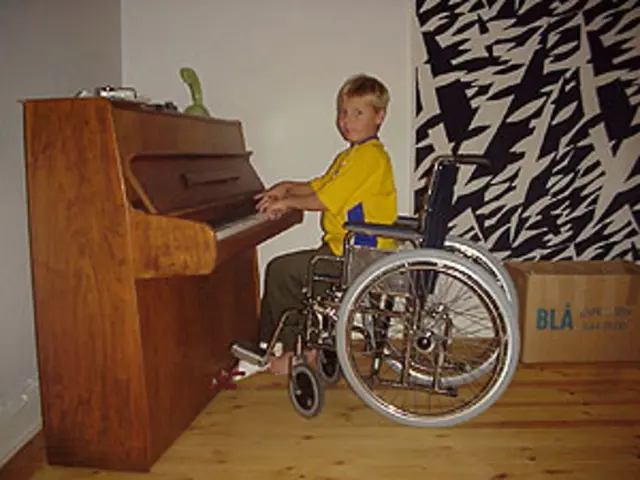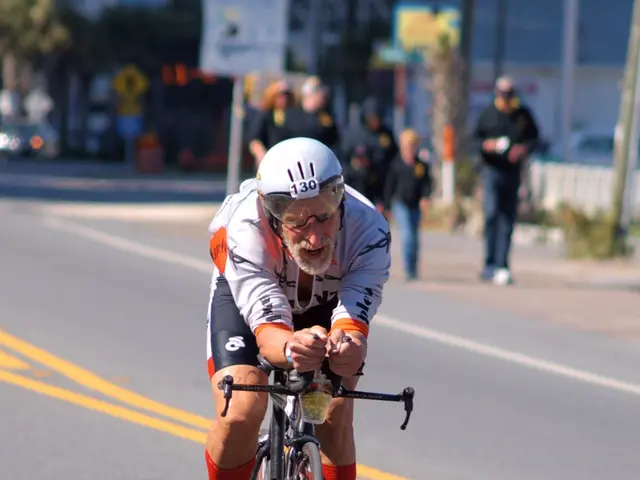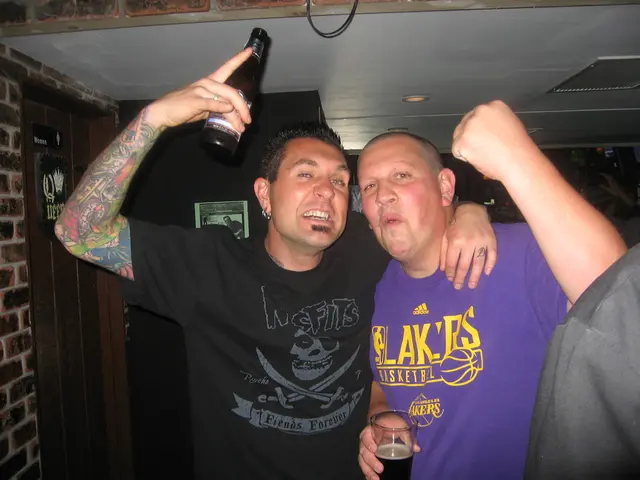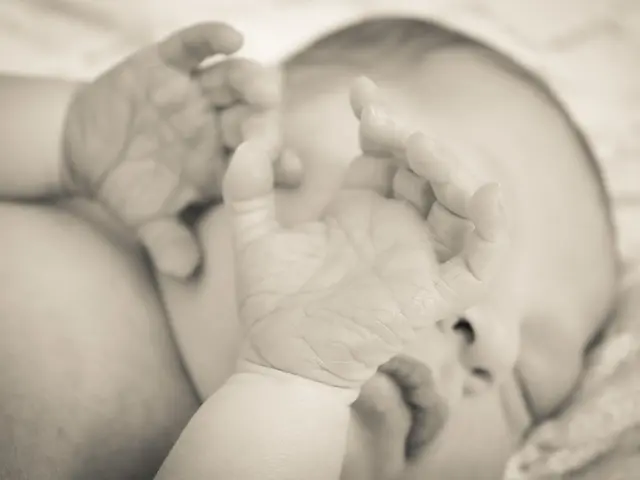Underwent double mastectomy, hysterectomy, and oophorectomy as a precautionary measure against cancer, drawing fortitude from her family.
Navigating a cancer diagnosis is hard, but learning you carry a cancer-related gene mutation can be even more challenging. Back in July 2023, Kiranjeet Kaur experienced just that—a Stage 2 breast cancer diagnosis followed by the discovery of the BRCA gene mutation, significantly increasing her lifetime risk of breast and ovarian cancer.
The 53-year-old teacher made the tough decision to remove both her breasts, even the one without cancer, as well as her uterus and ovaries in a single procedure. The symbolic significance of these actions runs deep; giving up body parts long associated with femininity affects one's sense of self beyond the physical loss. But, as Kiranjeet's bright smiles in her post-surgery photos show, there's a differentstory to be told.
The sense of loss can be profound for individuals like Kiranjeet. The BRCA gene mutation alters the landscape of their health and identity, often shaking the foundations of their self-concept. Yet, for many, these surgeries bring relief from the constant anxiety of developing cancer, accompanied by a newfound sense of empowerment and control over their health[1][5].
Family dynamics shift and grow stronger, as shared genetic risks lead to collective decision-making and mutual support[1]. Kiranjeet's family achieved a closeness and shared resilience as multiple members underwent genetic testing and surgery together[1]. However, a persistent concern for future generations looms, as survivors often worry about passing on the gene mutation to their children[5].
The physical experiences of preventative surgeries can be challenging[3][5]. After breast surgery, patients may face discomfort, numbness, and pain in the chest. The removal of ovaries and uterus can lead to early menopause, with symptoms such as hot flashes, mood changes, and changes in sexual health. For those who undergo breast reconstruction, there are additional considerations like implant risks and body image adjustment[4].
However, many individuals adjust over time and report a positive self-image post-surgery, like Kiranjeet, who radiated happiness in her photos[1]. Long-term monitoring and care are necessary to address physical changes, potential complications, and screen for other cancers that may still pose a risk[4][5].
In a nutshell, the complex journey of preventative surgery is marked by a mix of emotional experiences, physical struggles, and adaptations in response to increased cancer risk and its impact on one's life and family[1][3][5].
- Kiranjeet's breast-cancer diagnosis led to the discovery of a BRCA gene mutation, putting her at an increased risk of other medical-conditions like ovarian cancer.
- As a result of her preventative surgeries, Kiranjeet had to deal with physical changes such as early menopause and body image adjustments, but she reported a positive self-image post-surgery.
- Women's health issues related to breast-cancer, such as the risk of BRCA gene mutations and the impact of preventative surgeries, highlight the importance of health-and-wellness education and support for dealing with such challenges.








